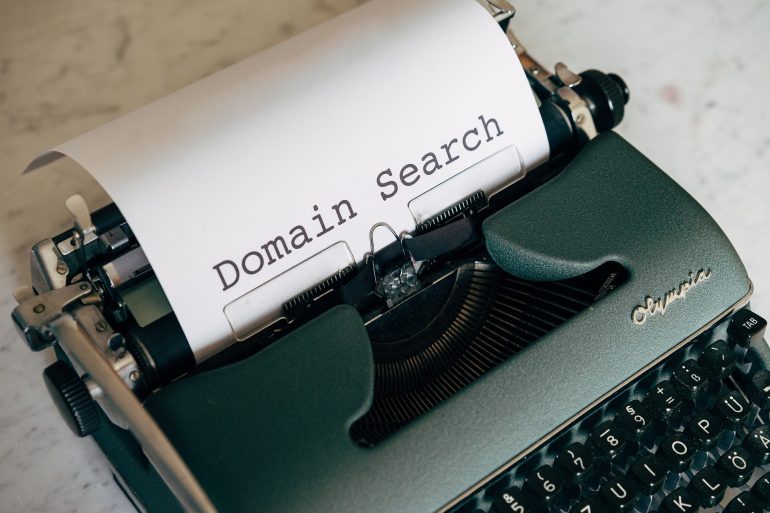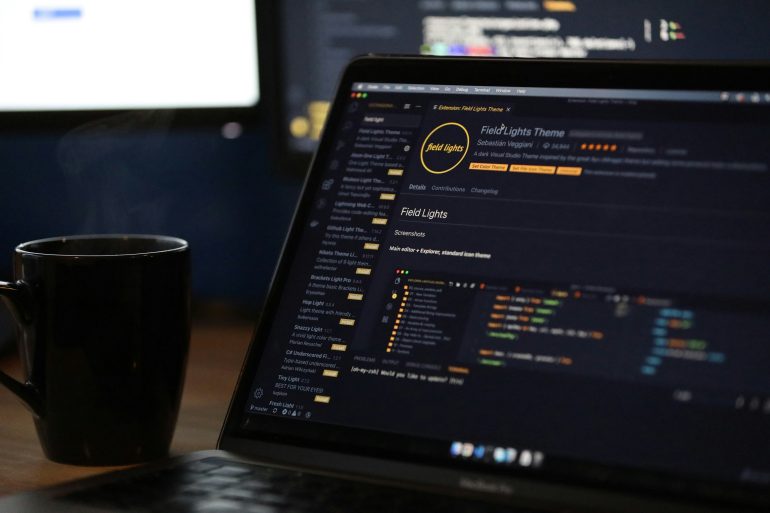Key Types of Data Analysis You Should Know to Boost Your Business Growth
Business analytics is the process of evaluating historical data and gaining new insights to improve strategic decision-making by using statistical approaches, skills, technology, and practices. This procedure is carried out to improve business operations. This subset of data management systems employs business intelligence with a variety of other methodologies, such as data mining, statistical analysis, and predictive analytics.
As per JFrog, we will discuss the many forms of business analytics used to evaluate data, transform it into usable information, recognize and predict current trends and outcomes, and make more intelligent and data-driven business choices.

Descriptive Analysis
Table of Contents
The most fundamental kind of analytics is known as descriptive analytics, and it serves as the foundation for all other types of analytics. It allows you to uncover patterns from raw data and offer a concise explanation of what has happened or is happening right now.
Consider the following scenario: You are analyzing data acquired by your company and find that one of your products, a video game console, is seeing a seasonal rise in sales. Using descriptive analytics, the following assertion may be derived: “Every year throughout October, November, and the beginning of December, sales of this video game system increase.”
Data visualization is a fantastic fit for communicating descriptive analysis since charts, graphs, and maps can highlight trends in data as well as dips and spikes in an evident and easily accessible format.
Diagnostic Analysis
The descriptive analytics insights are used as a starting point for diagnostic analysis, which aims to uncover the reasons that eventually led to the observed findings. Companies rely on this kind of analytics because it identifies patterns of behavior and makes new connections between the data being studied.
Specific information production is a key aspect of the diagnostic analysis process. Whenever new issues arise, you may have already obtained some facts relevant to the scenario. It eliminates the need to repeat labor since you already have the data, and it links all of the problems that are being addressed.
Predictive Analysis

After you have done the descriptive and diagnostic analyses, the next level of analysis to do is the comparative analysis. The information summarized above is employed in predictive analysis, which then provides logical predictions about the outcomes of events based on those predictions. This research is based on statistical modeling, which involves the inclusion of additional technology as well as labor to create a forecast. It is also critical to remember that forecasting is nothing more than an estimate, and that forecast accuracy is governed by the amount and quality of data.
Both descriptive and diagnostic analysis is established procedures in business; however, predictive analysis is where many organizations first see symptoms of trouble. Some firms might not have the manpower available to do predictive analysis everywhere they desire. Others are not yet ready to educate existing teams or invest in establishing analytic teams across all departments.
Prescriptive Analysis
The fourth kind of data analysis is the most often requested, but only a small number of firms are equipped to do it. The prescriptive analysis is the next phase in data analysis, and it entails synthesizing the results of all previous research to make a decision on the best approach to continue with a current problem or option.
In prescriptive analysis, the most recent and novel data collection and analysis approaches are used. Businesses must ensure that they are both able and willing to put in the requisite level of time and resources since it is such a substantial organizational commitment.
The utility of prescriptive analytics may be eloquently demonstrated by utilizing artificial intelligence (AI) systems that need a large amount of data to continuously learn and use this knowledge when making decisions. Well-built artificial intelligence systems can express these findings and even put those decisions into action. Business operations may be carried out and enhanced regularly using artificial intelligence without the assistance of a human.
Cognitive Analysis
Cognitive analytics is a relatively new type of business analytics that combines elements of both data analytics and artificial intelligence. It analyses the information in the knowledge base to provide the most effective answers to the questions that are posed.
Cognitive analytics is a broad term that incorporates several analytical methodologies used to examine enormous data sets and follow consumer behavior patterns as well as new trends. This kind of analysis includes the use of unstructured data sources such as images, written documents, emails, and social media posts.







